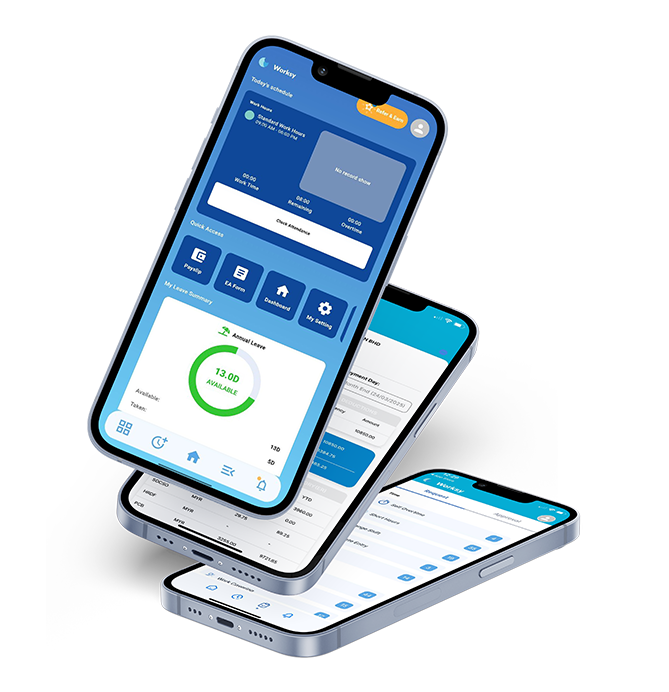scheduled free Worksy HRMS demo.

5 Must-Have Features When Looking For a People Analytics Software
February 16, 2024
5 Best Tips for Developing a Sustainable Employee Engagement Plan
February 16, 2024Employees who make a habit out of excessive late arrivals and early departures is a major problem across multiple industries. It doesn’t take long for absenteeism to negatively affect productivity and business performance.
Not to mention, absenteeism can severely affect large front-line operations that depend on manual labor or shift work of hourly employees.
What’s Considered Excessive Absenteeism?
Excessive absenteeism is when an employee is continuously absent, time and time again, without giving notice that they’ll be away.
Worksy defines excessive absenteeism as “two or more occurrences of unexcused absence in a 30-day period.”
Some amount of absenteeism is expected when running a business, it’s the reality of operating a company full of people. People do get sick, have doctors appointments, holidays. Plus, people have outside-of-work commitments that they need to keep. It isn’t realistic to expect your team to have perfect attendance.
Are Leave Days and Sick Days Considered Excessive Absenteeism?

Join 3,000+ Malaysian companies using Worksy for HR automation.
Request free demo now*Terms and conditions apply.
No, using leave days and sick days doesn’t normally fall into the “excessive absenteeism” category unless someone is abusing their company’s leave policy.
There are times when workers have legitimate reasons to take time off of work, such as scheduled absences for holidays or unscheduled absences like sick days.
Employee absences become excessive when they fall above a normal level of absenteeism or become unreasonable.
The definition of how many absences equals an excessive amount is up to you and your organisation’s attendance policy.
How to Discuss Absenteeism with Your Employees:
1. Run through attendance policies and absence procedures
If your attendance policy laid out in your employee handbook, use that to help back you up as you talk with your employees about their (excessive) absenteeism.
Attendance and punctuality should always be highlighted as an essential part of each employee’s job duties. Remind your team of what’s expected of them when they accepted this role. You can point back to the employee handbook they signed when they started with your company (which should have clearly covered absence and expectations).
2. Let them know you care – Find out why they’re absent
It’s easier to assume that employees with bad attendance are either lazy or uninterested in their job – however, there may be something else going on behind that. You’ll never know until you ask.
Whether your employees are absent or late due to transportation issues, health, personal circumstances, or burnout, it’s important to understand their barriers to success and find out why they’re absent. At the end of the day, spending too much time focusing on the symptoms of excessive absenteeism instead of addressing the root cause can result in unnecessary turnover.
Hear what your employee has to say but also take the opportunity to reinforce the expectations and requirements of the job. Reiterate how vital excellent attendance is to daily operations. Ask what you can do to support them and help them show up on time.
Be sure to check with your HR representative about questions you should and should not ask employees in different circumstances – and don’t forget to loop them in too.
3. Apply the rules fairly to everyone
It’s key that your company applies the rules fairly to everyone, no matter who it is. You need to make sure that there’s no special treatment or favourtism at your company. Whether it’s upper management or entry-level employees, there shouldn’t be any difference when it comes to enforcing the rules around excessive absenteeism.
4. Have documentation to support your discussion
Be sure you have all the necessary documents to prove that the employee did not report for work. A simple-to-use attendance management system is perfect for this and works far better than an Excel spreadsheet to prove your point.
The most reliable way to demonstrate policy violations is with a time attendance system. Our software allows your company to track and automatically track unapproved absences for dispute resolution or audit purposes.
To find out more about Worksy’s time attendance system, get in touch with us today.

Trusted by 150,000+ users in Malaysia - Worksy streamlines HR.
Request free demo now*Terms and conditions apply.





